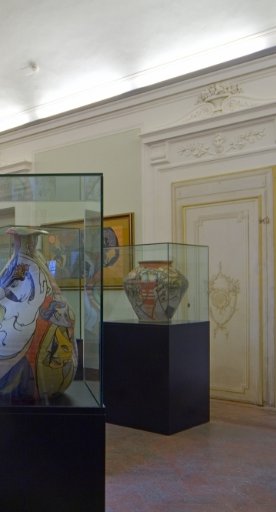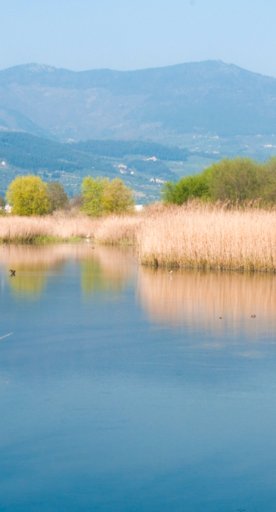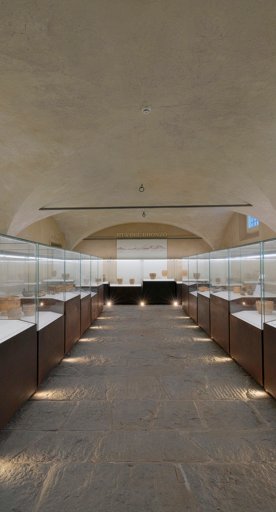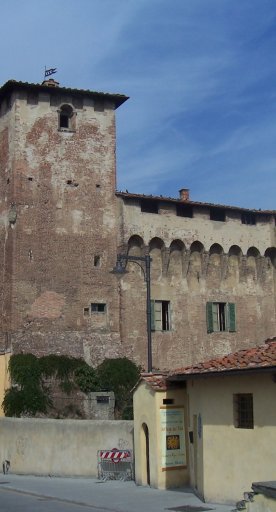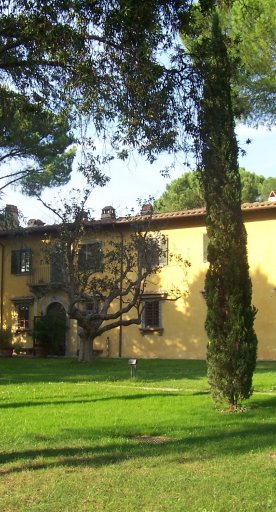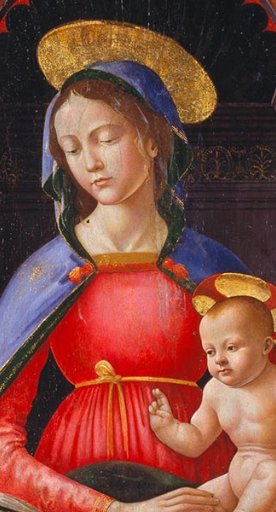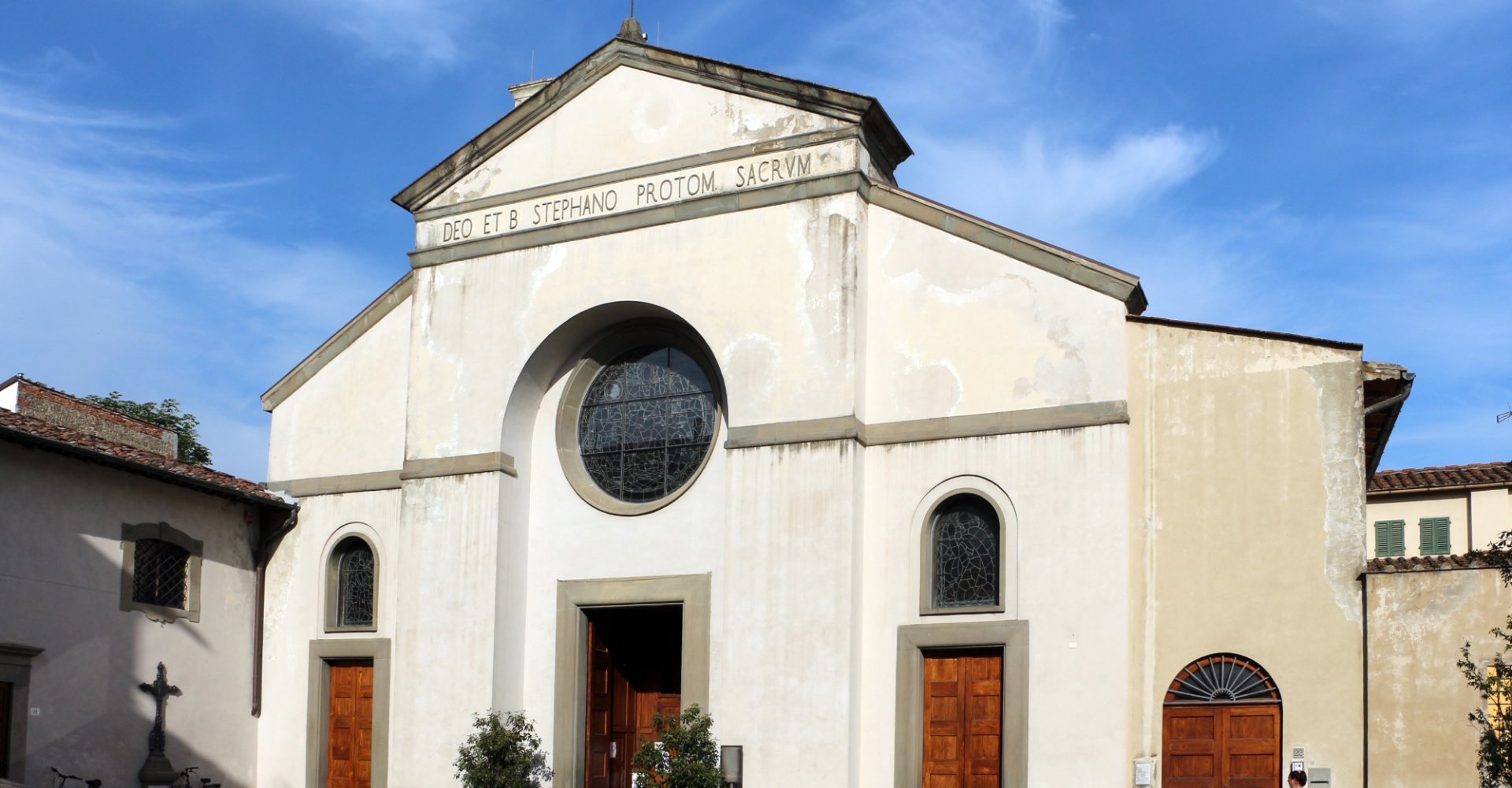
Santo Stefano Church, Campi Bisenzio
The main village church of Campi Bisenzio on the outskirts of Florence
The Santo Stefano Church in Campi Bisenzio has stood on the left bank of the Bisenzio river on the road network of the Florence-Prato belt since the Carolingian empire, at the time of the division of the diocesan territories into smaller districts. However, with the exception of the crypt, the interior of the church shows little sign of this time with actual development work conducted on the building from the 11th century onwards during the reign of the Cadolingi counts.
The Santo Stefano church became one of the main meeting places for the rural population and played a leading role over the course of the following centuries in the neighboring parishes. While the church may appear to have visibly changed as the result of renovation work over the years, which covered the original Romanesque structures, the church has retained its basilica-style layout, with three central naves fitted with quadrangle columns, a trussed roof, a heavy-set bell tower and a large circular window on the front façade with small slit arched windows on either side. During the 15th century, the building was extended; a chapel was constructed on the left-hand side and a covered walkway was built on the right, later turned into the Oratorio dell’Annunziata.
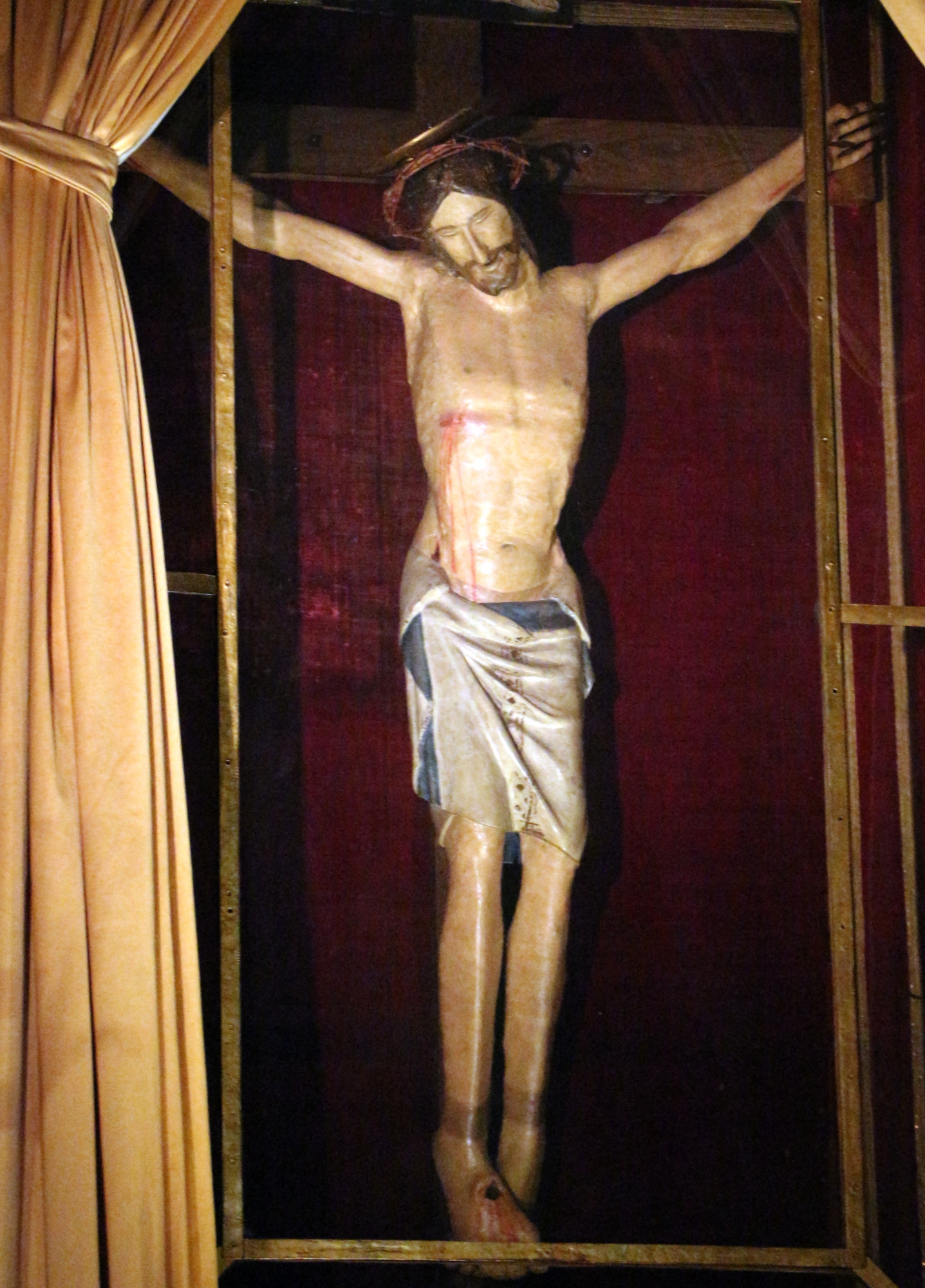
The church also underwent renovation work in the 16th century and it was probably during this time that the precious 14th-century frescoes were removed. In the 18th century, the belfry was raised and the front façade worked on, however the interior of the church wasn’t renovated until the beginning of the 19th century. The front façade was altered again in 1938, resulting in the church seen today.
The church is home to a collection of religious works including Renaissance frescoes of the Annunciation by Paolo Schiavo and Raffaellini del Garbo, a stunning 15th-century Madonna Enthroned by Francesco Botticini and a 17th-century Adoration of the Magi by Piero Dandini. The most notable artwork, however, is an ancient 14th-century crucifix in multicoloured wood, brought to Campi Bisenzio by the flagellant brotherhood and is thought to have miraculous powers.
